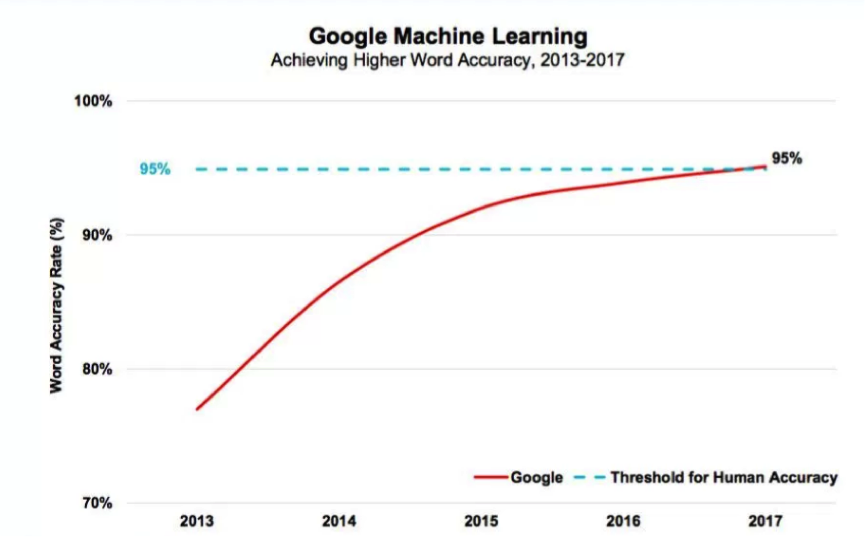Soon there will be an additional in-app customer service channel.
So far we have a bunch of service channels, most of them requiring the user to leave the app to
- Pick up the phone for a call
- Browse for self support
- Open up an additional chat window
- Take on the social media channels
- Move on to messenger applications
- How about getting into your car to get to a store?
- …
And then a customer may be moving back and forth between these channels with all the potential of losing track of the incident status and the friction that cross channel customer service still causes.
There is no doubt that providing in-app support is the best possibility to offer fast issue resolution. It can provide telemetry information from within the app, identify the user and therefore provides a lot of relevant context that makes it easier for a service agent to help the customer without unnecessary delays. The customers’ shift to emphasize on the “Now” is also seen by Google research.
Not Every Device is a Smartphone
But what if the customer cannot pick up the phone to engage in a typed conversation? The customer might be engaged in a VR game, or driving a car, or in any number of situations without having a free hand.
Maybe the customer simply doesn’t want to pick up a phone?
What if the app doesn’t offer a user interface at all beyond a little light that indicates ‘I am available’? This would e.g. be the situation in an ambient environment that senses the presence of a person and acts accordingly.
An environment like this would mainly be voice and gesture controlled via devices like Amazon’s Alexa, Google Home, Apple’s HomePod, or Microsoft’s upcoming Home Hub. Systems like these will offer a keyboard as a secondary means to access service and support at best.
But there is no need to look that far out. Imagine a gaming situation. Neither an Xbox, nor a Playstation, nor any other major controller offers a keyboard. In case of these or a VR or AR game the user would hold the controller and doesn’t have the leeway to get to a keyboard.
So why would they offer a keyboard to enable conversational (or other) in-app support? There is no reason.
Instead users will interact with the service system and –agent via gesture-, view- and speech based interfaces.
The next In-App Support Channel is Voice
Voice recognition technologies are maturing rapidly and start to achieve human level accuracy in understanding at least English language.
Human level of understanding lies at a word error rate (WER) of about 5 per cent, which means that a human on average gets five out of hundred words wrong due to misrecognition, missing a word, or falsely inserting one.

Machines arrive at human level of language understanding; source 2017 Internet Trends Report
Machines arrive at human level of language understanding; source 2017 Internet Trends Report
While Amazon doesn’t give any numbers on Alexa’s capabilities, Microsoft announced it reached a word error rate (WER) of 5.9 per cent in October 2016; IBM beat them to the punch with a WER of 5.5 percent in March 2017. And Google announced in May 2017 that it reached a WER of 4.9 per cent.
Using speech recognition techniques on a level like this, in combination with natural language processing (NLP) and perhaps natural language generation (NLG), in-app service conversations can get both, very personal, and very immersive.
And very effective. Speaking is the form of communication that comes easiest to humans. Speaking and conversations are tightly linked.
Last but not least it is also a very efficient way of providing customer service as the human ability to exchange information is highest when speaking.
Bringing Human Back To Customer Service
Right now customer service 2.0, the automation of customer service, seems to move from call deflection via self-service and then bots to customer service 3.0.
Helped by increasing maturity of NLP- and intent detection technology this iteration will move the bots from the second row into the front row. They will become the primary customer support interface. Instead of using a search box on an FAQ, customers will ask a bot for help via a chat interface. The bot itself then will be able to answer the question using e.g. an FAQ or database, or escalate the question to a human operator. The distinction between self-service and aided customer service will first blur, then vanish. The machine takes care of the simpler problems, the human of the more difficult ones.
With further refinement of Natural Language Processing, text to speech-, speech to text technologies and intent detection, typing will give way to speech again, then introducing customer service 4.0.
Customer service will fully turn into a conversation and it will not matter anymore whether it is synchronous or asynchronous.
It also will not matter anymore whether customer service is delivered by a bot or a human, but will appear human. And that might have an impact on the call center and its operation itself that we will look at in a separate post.
The bottom line is: Customer service will be humanized again.



